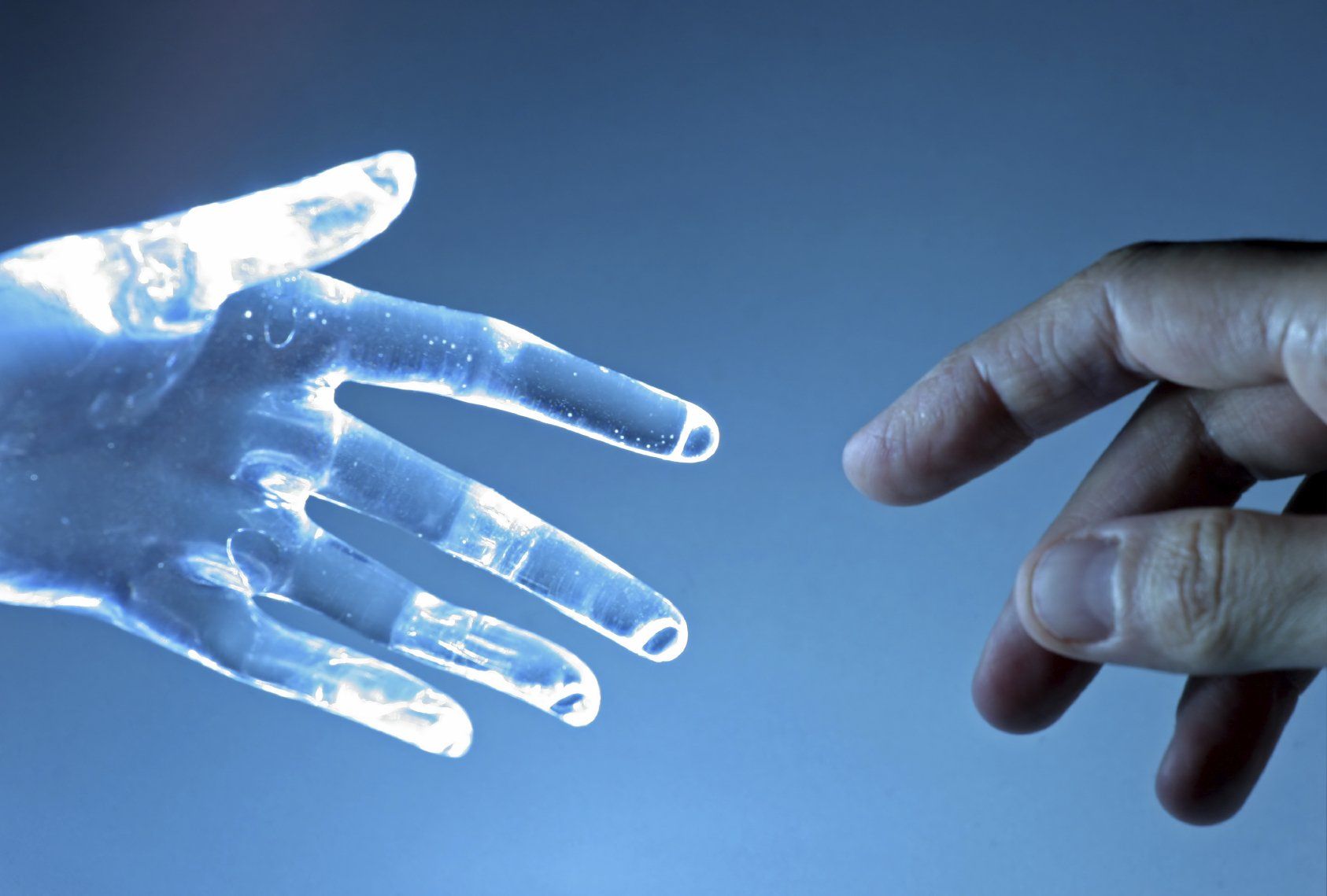An Overview
Here
you find what previous teams and students have achived during their time at ENSPIRE!
Submarine Team
The Evolution
The team creates an entirely new submarine every year. Each year's project has a different propulsion system, based on a propulsion system found in nature. How about a submarine swimming like a dolphin? The only common denominator: Every submarine needs to be human powered. No combustion or electrical engines are allowed. The team also partakes in submarine races regularly. How would you like to be a part of a submarine racing team?
Here you can see the different approaches the team has taken to creating a human powered submarine so far.
SpoyWiesel
The system test
Previously a test platform developed by the German navy, the navy surplus autonomous surface vessel SpoyWiesel was given to the University. The mission is to give it a new career as a research and development tool for autonomous shipping applications.
Short-term plan: Get her rebuilt and launched into the Spoy where she can start learning to navigate autonomously in a safe and familiar environment.
Medium-term plan: She’ll be out dodging tugs and barges on the Rhine
Long-term plan: Building a survey vessel that can find whales and dolphins in the North Sea.
First things first, though. We need to get her rebuilt and back in the water. Who’s with us?
Robotics Club
Research Projects
The Robotics Club of Hochshule Rhein-Waal, Campus Kleve was founded in 2015. The Lab includes both Master and Bachelor students from various departments and academic backgrounds, who share a passion in the field of Robotics.
The research projects of the robotics lab focus on the development of necessary technologies, starting from AI Algorithms to special purpose sensors or actuators to enable the robots performance of servicing task such as welcoming guest, delivering food and drinks or shopping in the supermarket.
Communication Team
Activities & Events
Communicating ENSPIRE activities is at the core of the Communication Team. Anything that includes communicating with students outside of Supervisor E-mails goes hand in hand with this teams efforts:
Organizing the different teams' appearances at the Fresher's Market, communicating and helping organize ENSPIRE events like the Feuerzangenbowle and ENSPIRE day or designing and maintaining the website of ENSPIRE all fall under this teams responsibility.
Got interested ?
If you like the sound of the above projects, and want to get involved, then drop by the project webpage to find more information or speak to the teams directly.















